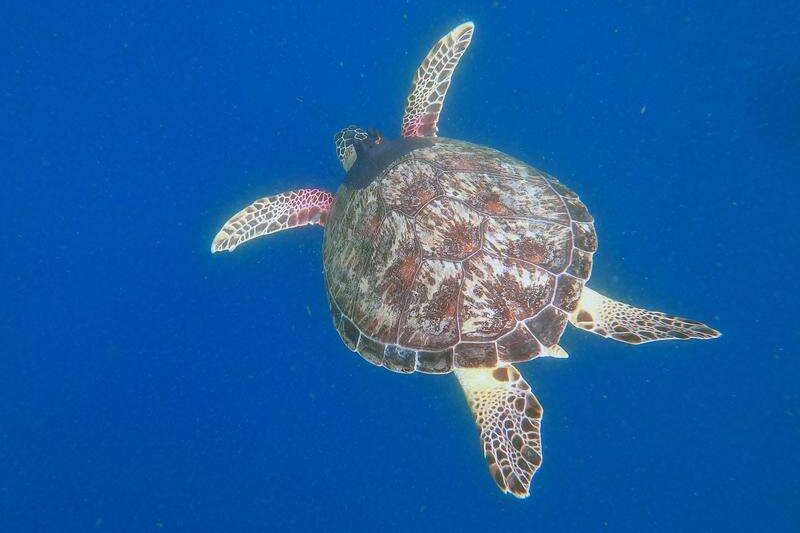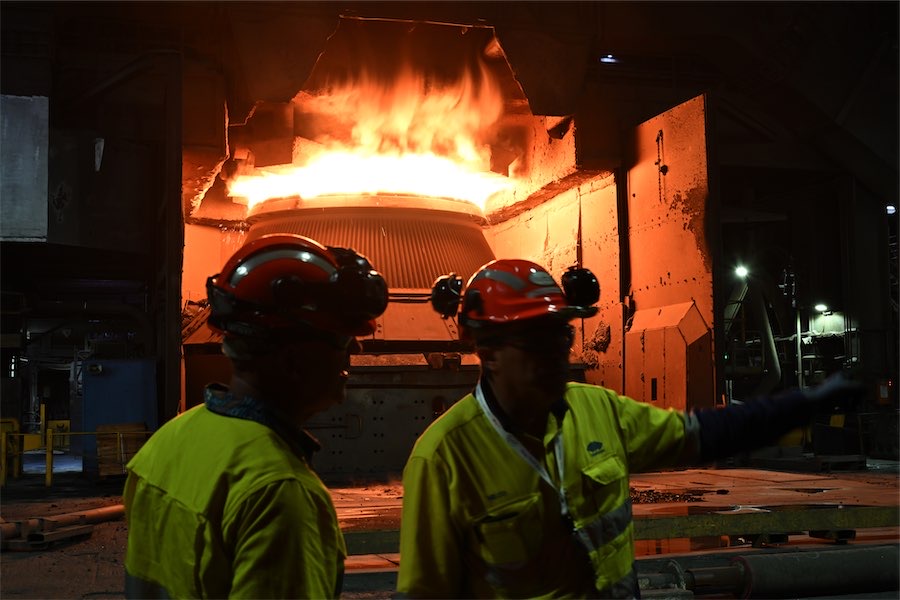
By Duncan Murray in Sydney
ENDANGERED green sea turtles spend much of their young lives in close proximity to people, including travelling deep within Sydney Harbour, new research has revealed.
Satellite tracking shows the turtles frequent busy waterways including the harbour and Parramatta River, around Wollongong Harbour, Brisbane Waters near Gosford and up the Hawkesbury River as far as Cottage Point.
It is not known why the turtles spend so much time hugging the coast – when other species and older green turtles opt for the open ocean – but it places them at much higher risk from plastics and other marine debris.
The Taronga Wildlife Hospital tracked three turtles after nursing them back from serious injuries – observing one reach Longueville in upper Sydney Harbour, while the others travelled to Lake Macquarie and north to the busy tourist destination of Port Stephens.
Libby Hall, co-ordinator of the hospital’s rescue and rehabilitation centre, said the study is plugging holes in the previously unknown behaviour of juvenile turtles.
“We know what the adults do because there’s research all around the world… They go up on their nesting beaches,” she said.
“What we don’t know is what they do in between those years. It’s called the lost years.
“We thought they’d swim off into the ocean and we’d track them across the ocean, but no – the (juvenile) green turtles hug the coast.”
Researchers are still attempting to discover why younger turtles spend as much time as they do in the far busier and dirtier waters, but Ms Hall thinks food sources might be the answer.
“They don’t start eating seagrass until they’re big adult animals, so they’re probably feeding on jellyfish,” Ms Hall said.
The behaviour is also unique to the green turtles, with other species, like hawksbill turtles and loggerheads making a beeline for the open ocean, with the tracking technology losing sight of them beyond New Caledonia and north of NZ.
One of three turtles currently undergoing treatment at the Hospital is Tama, who was brought in as a hatchling roughly 18 months ago after being found at Tamarama beach.
“She pooed plastic for six days, tiny pieces of plastic,” Ms Hall said.
“She’s now a good size and age where she can be released back into the wild.”
The program, sponsored by waste-management giant Veolia, has tracked 41 turtles since 2014.
Who can be trusted?
In a world of spin and confusion, there’s never been a more important time to support independent journalism in Canberra.
If you trust our work online and want to enforce the power of independent voices, I invite you to make a small contribution.
Every dollar of support is invested back into our journalism to help keep citynews.com.au strong and free.
Thank you,
Ian Meikle, editor





Leave a Reply